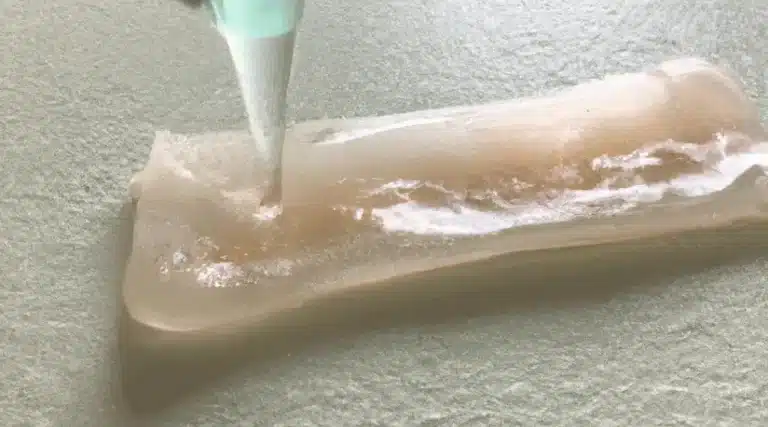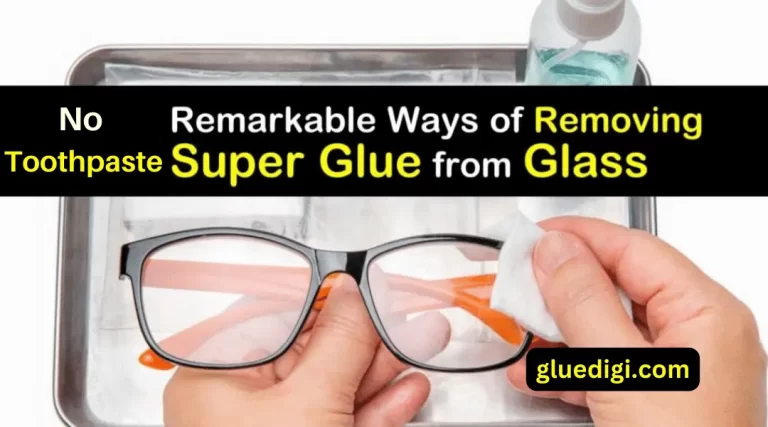Cuts are a common occurrence in everyday life, and it is important to treat them properly to avoid infection and promote healing.
When faced with a cut, many people may consider using Krazy Glue as a quick fix to close the wound. However, before considering this option, it is crucial to understand the potential risks of using Krazy Glue on cuts.
While Krazy Glue may seem like an easy solution for closing cuts, it is not designed for medical use and can have adverse effects when applied on skin. The chemical composition of Krazy Glue can cause irritation and allergic reactions, leading to further complications if not treated promptly.
Moreover, improper application or insufficient cleaning of the wound before applying Krazy Glue can lead to infections or other health issues. Therefore, it is essential to weigh the risks against the benefits of using Krazy Glue on cuts before taking any action.
Key Takeaways
- Cuts require proper treatment to avoid infection and promote healing.
- Krazy Glue is not designed for medical use and can cause adverse effects on skin, leading to further complications.
- Safer alternatives to Krazy Glue include medical-grade adhesive strips or seeking professional medical assistance.
- Seeking prompt medical attention for cuts is crucial in certain situations to ensure proper healing and prevent further health issues from arising.
Understanding the Risks of Using Krazy Glue on Cuts
An evaluation of the potential hazards associated with utilizing Krazy Glue on cuts is necessary to determine its safety and effectiveness.
While some may believe that using superglue can be a quick fix for stopping bleeding, there are potential dangers and misconceptions that need to be considered.
For one, Krazy Glue was not designed or tested for use on human skin, which means it can cause irritation, allergic reactions, and even slow down the healing process.
Additionally, if the glue is not applied properly or if too much is used, it can lead to tissue damage or infection.
Thus, before considering using Krazy Glue on cuts as a solution for stopping bleeding or closing wounds, it’s essential to understand the potential risks involved and explore safer alternatives such as medical-grade adhesive strips or seeking professional medical assistance.
Alternatives to Using Krazy Glue on Cuts
One possible option for addressing skin wounds that does not involve the use of adhesive products is to apply a sterile bandage or dressing.
There are also natural remedies available that can help promote healing, such as honey, aloe vera, and tea tree oil.
These DIY wound care options can provide relief from pain and inflammation while also preventing infection.
It’s important to note that while these remedies may be effective in some cases, they should only be used as a supplement to proper first aid for cuts.
In the next section, we will discuss the steps you should take when providing first aid for cuts to ensure optimal healing and minimize the risk of complications.
Proper First Aid for Cuts
To effectively promote healing and prevent infection, proper first aid for cuts involves a series of steps that should be followed carefully.
The first step is to clean the wound thoroughly with running water or saline solution to remove any dirt or debris. Avoid using hydrogen peroxide, alcohol, or iodine as they can damage healthy tissue and delay healing.
After cleaning, cover the wound with a sterile dressing such as gauze or adhesive bandage to protect it from further trauma and keep it moist. Change the dressing daily or more frequently if it becomes wet or dirty.
If bleeding persists after applying pressure for 10-15 minutes, seek medical attention immediately. Additionally, seek medical attention if the cut is deep, gaping, located on the face or near an eye, contaminated with foreign objects, shows signs of infection such as redness, swelling, warmth or pus discharge; or if you haven’t had a tetanus shot within 5 years (or 10 years for adults).
Proper first aid for cuts can help facilitate healing and reduce complications while also minimizing potential scarring.
When to Seek Medical Attention for Cuts
Seeking prompt medical attention for cuts is crucial in certain situations, such as when the wound is deep, located on the face or near an eye, contaminated with foreign objects, showing signs of infection, or if a tetanus shot has not been received within the recommended time frame.
Signs of infection include redness, swelling, warmth around the wound area, and discharge. It is important to keep the wound clean by washing it with soap and water and covering it with a sterile bandage to prevent infection.
If you notice any signs of infection or experience fever or chills after sustaining a cut, seek medical attention immediately. Delaying treatment can lead to more serious complications such as sepsis.
Therefore, it’s essential to be aware of possible warning signs and act promptly when necessary to ensure proper healing and prevent further health issues from arising.
Conclusion
In conclusion, using Krazy Glue as a substitute for wound closure is not recommended. While it may seem like a quick and easy fix, there are serious risks involved with using this adhesive on cuts.
The chemicals in the glue can cause irritation, inflammation, and damage to the surrounding tissue.
It is important to properly care for cuts by cleaning them thoroughly with soap and water before applying a sterile bandage or dressing.
For deeper or more severe cuts, seeking medical attention is necessary to avoid infection and promote proper healing. Remember that when it comes to wound care, taking the time to do it correctly can prevent further complications down the road.




